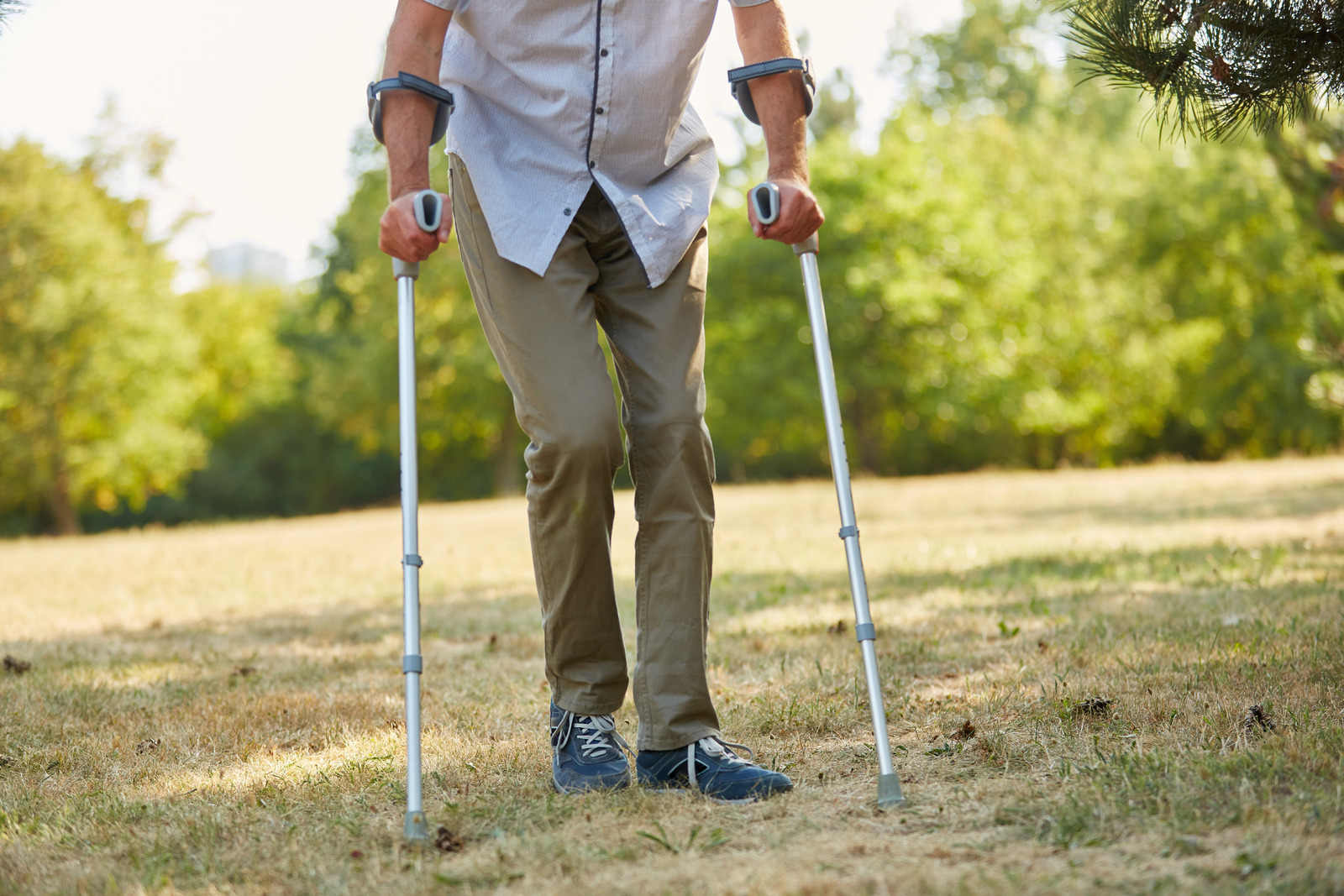Find Difficulty In Walking? 6 Equipment That Can Give You Better Support
According to this statistic, nearly 5 million Australians suffer from some form of walking disability. This amounts to almost 1 in 5 people who are unable to walk. The same statistic says almost 17% of all Australian males and females suffer from some form of walking disability. This article takes a look at six different equipment that walking disabled people can use to move around effortlessly.
- Canes
Canes are assistive devices that help disabled people to move around effortlessly. These devices transfer weight from the knees and legs to arms. If you or your elderly have weak wrists, fingers or arms, then canes aren’t the right devices.
Please note that canes are less effective than crutches when it comes to transferring weight from knees and legs to arms. These devices are used by people who are unable to balance themselves. Canes are of various types.
White canes are used by visually impaired people and are also used to detect objects in darkness. When you see a person using a white cane, you can make out that he is visually impaired. Quad canes have four supports in the base and afford greater stability to the user. Another category of canes provides greater support to the area between the wrist and the elbow.
- Crutches
These assistive devices also transfer weight from the lower part of the body to the arms and wrists. You can use just a single crutch or opt for a couple for better support. Crutches can be used by people suffering from short-term as well as permanent disabilities. There are broadly three kinds of these devices.
The most common form is the one that is used by a majority of people. Here, the upper part of the crutch is held against the rib cage while the user grips the lower. Some crutches are held with the strength of the elbow and the forearm.
The latter is placed inside a ring or a glove fitted on the upper part of the crutch. If your elderly is suffering from arthritis, you may consider this kind of crutch. Platform crutches are used by people who have cerebral palsy; there is a platform on this crutch which is used by the patients to rest their forearms. If you are looking for superior quality assistive walking devices, please visit website.
- Walkers
If you have severe mobility problems, you can consider using walkers. A standard walker comes with three or four legs that surround the patient. While walking, he lifts the walker and places it down a few paces in front of him. Next, he walks down to meet that walker. Some walkers have wheels under them. Here, the patient slides the walker ahead and doesn’t need to lift it. Also called rollators, these walkers are used by people who don’t have much strength in their forearms.
- Wheelchairs
One of the most common assistive devices, wheelchairs are used by patients who have severe walking issues. These people cannot walk at all and are confined to a wheelchair. Wheelchairs can be operated manually as well as automatically.
- Mobile scooters
These devices are automated versions of wheelchairs. The patient sits on a platform that has 3 or 4 wheels and guides it with the help of a steering wheel. Many patients have reported a positive experience after using this device.
- Guide dogs
Some patients are more comfortable with guide dogs for their walking needs. These animals have been trained in guiding their owners from one place to another. Besides being assistive, these dogs also provide psychological support to their owners.

